Your cart is currently empty!
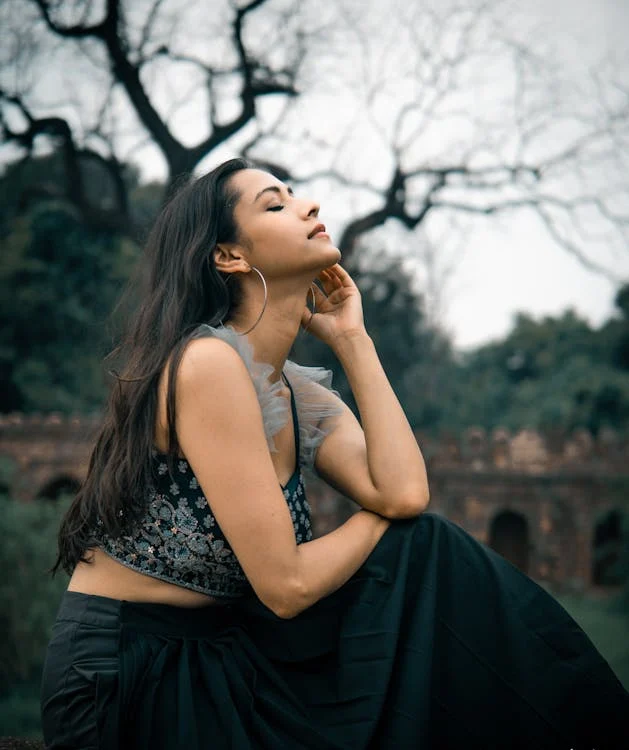
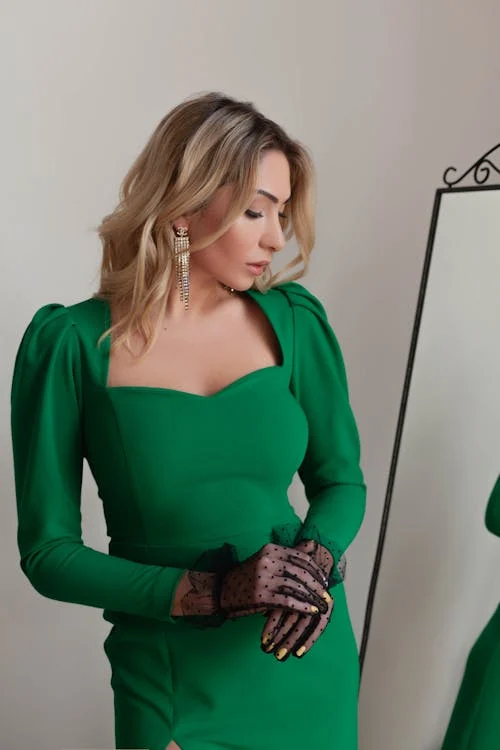
Women’s fashion in the 1700s was a reflection of the complex social, political, and cultural changes of the era. The century was marked by the transition from the opulent Baroque style of the late 17th century to the more restrained and elegant Rococo and later Neoclassical styles. Fashion was not just a matter of personal taste but a statement of social status, wealth, and power. This article delves into the intricacies of women’s fashion during this period, highlighting the key trends, garments, and accessories that defined the era.
The Early 1700s: The Baroque Influence
1. The Mantua: A Statement of Grandeur Best Women’s Fashion New Styles 2024 Review
The mantua was the dominant garment of the early 1700s, characterized by its elaborate design and luxurious fabric. This gown, often made from rich brocades or silks, featured a fitted bodice and a full skirt that extended into a train. The mantua was typically worn over a petticoat and was accessorized with lace, ribbons, and intricate embroidery. It was a symbol of the aristocracy and was often worn at court and formal occasions.
2. Corsets and Stays: The Foundations of Fashion Best Women’s Fashion New Styles 2024 Review
Corsets, or stays as they were commonly known, were an essential part of a woman’s wardrobe. These undergarments were designed to shape the torso into the desired silhouette, emphasizing a small waist and an erect posture. Made from stiffened fabric and reinforced with boning, stays were laced tightly to achieve the fashionable hourglass figure. The emphasis on a narrow waist remained a key element of women’s fashion throughout the century.
The Mid-1700s: The Rococo Era
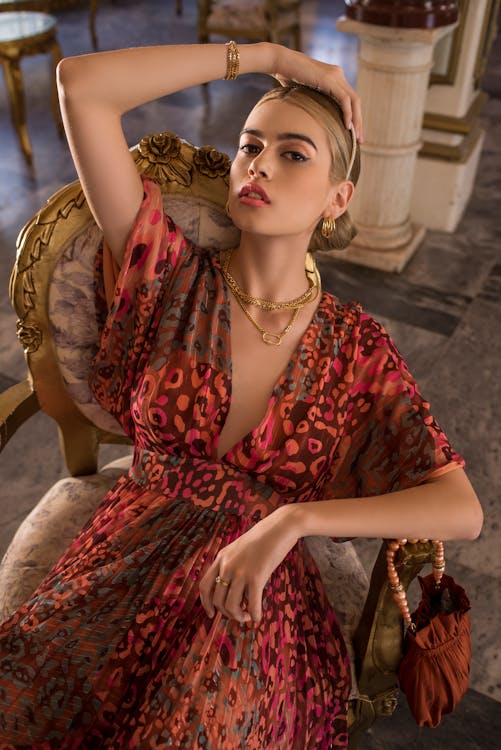
3. The Robe à la Française: Elegance and Sophistication Best Women’s Fashion New Styles 2024 Review
As the Rococo style emerged, fashion became more elaborate and decorative. The robe à la Française was a popular gown during this period, characterized by its flowing lines, delicate fabrics, and ornate details. This gown featured a fitted bodice with a low neckline, wide skirts supported by panniers, and intricate embellishments such as lace, ribbons, and floral patterns. The robe à la Française was a favorite among the French court and became synonymous with the elegance of the era.
4. Hairstyles and Headgear Best Women’s Fashion New Styles 2024 Review
Women’s hairstyles in the mid-1700s reached new heights of extravagance, literally. Hair was often styled into elaborate coiffures that could reach several feet in height, supported by pads, wire frames, and copious amounts of pomade. These towering hairstyles were adorned with decorative elements such as feathers, flowers, and even miniature ships or gardens. The pouf became a popular style, where hair was teased and piled high on the head, creating a dramatic and theatrical look.
The Late 1700s: The Neoclassical Influence
5. The Robe à l’Anglaise: Simplicity and Refinement Best Women’s Fashion New Styles 2024 Review
As the century progressed, fashion began to shift towards a more restrained and classical aesthetic. The robe à l’Anglaise became the gown of choice for many women, characterized by its simpler lines and natural waistline. Unlike the extravagant gowns of the Rococo era, the robe à l’Anglaise was more modest, with a fitted bodice, long sleeves, and a full skirt. This style was influenced by the growing interest in classical antiquity and the ideals of simplicity and purity.
6. Accessories: The Finishing Touches
Accessories played a crucial role in completing a woman’s ensemble in the 1700s. Gloves, fans, and pocketbooks were essential items that added a touch of elegance and sophistication. Fans, in particular, were not just practical tools for keeping cool but also served as a means of communication and a way to display one’s wealth and taste. Jewelry, too, was an important aspect of fashion, with pearls, diamonds, and precious stones adorning necklaces, earrings, and brooches.
The Social Significance of Fashio
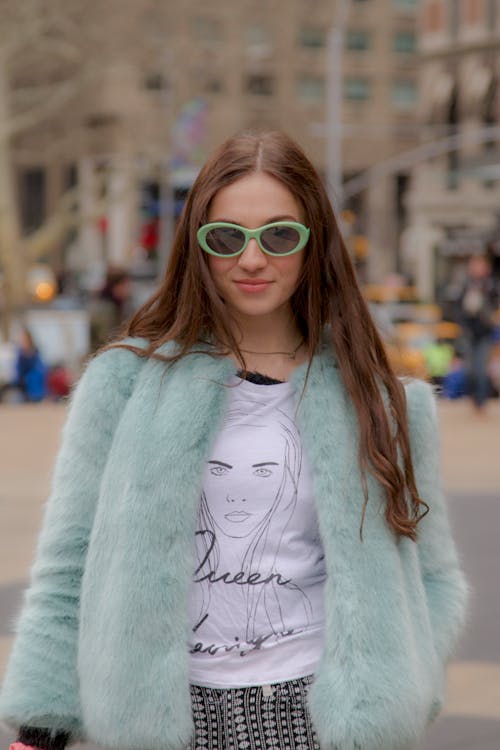
7. Fashion and Social Status
In the 1700s, fashion was a powerful indicator of social status. The materials, colors, and styles of clothing a woman wore signaled her position in society. The wealthy elite could afford the finest silks, lace, and jewelry, while the lower classes were limited to simpler, more practical garments. The concept of sumptuary laws, which regulated what people could wear based on their social rank, was still in effect in some parts of Europe, further emphasizing the link between fashion and status.
8. The Influence of Royalty and the Court
The courts of Europe, particularly Versailles under the reign of Louis XIV and his successors, were the epicenters of fashion. Royalty and the nobility set the trends, and their clothing choices were eagerly copied by the upper classes. Court events, such as balls and masquerades, provided opportunities for women to display their most elaborate and fashionable attire. The influence of the French court on fashion was so strong that even after the French Revolution, Paris remained the fashion capital of the world.
The Evolution of Women’s Fashion in the 1700s
9. The Transition from Rococo to Neoclassicism
The evolution of women’s fashion in the 1700s reflected broader cultural shifts, particularly the transition from the ornate Rococo style to the more austere Neoclassical style. This change was influenced by a growing interest in the art and culture of ancient Greece and Rome, which promoted ideals of simplicity, harmony, and proportion. As a result, fashion became less about opulence and more about elegance and refinement.
10. The Role of Fashion in Cultural and Political Change
Fashion in the 1700s was not just about aesthetics; it also played a role in the cultural and political changes of the time. The rise of the bourgeoisie and the decline of the aristocracy were reflected in the shifting trends in fashion. The simpler, more practical styles of the late 1700s were embraced by the emerging middle class, who sought to distance themselves from the excesses of the aristocracy. Meanwhile, the French Revolution brought about a radical change in fashion, with the rejection of aristocratic styles and the adoption of more democratic and egalitarian forms of dress.
Conclusion
Women’s fashion in the 1700s was a dynamic and ever-changing landscape, influenced by social, cultural, and political forces. From the grandeur of the Baroque mantua to the elegance of the robe à l’Anglaise, the century witnessed a fascinating evolution of styles and trends. Fashion was not just about clothing; it was a reflection of the values, aspirations, and identities of the women who wore it.
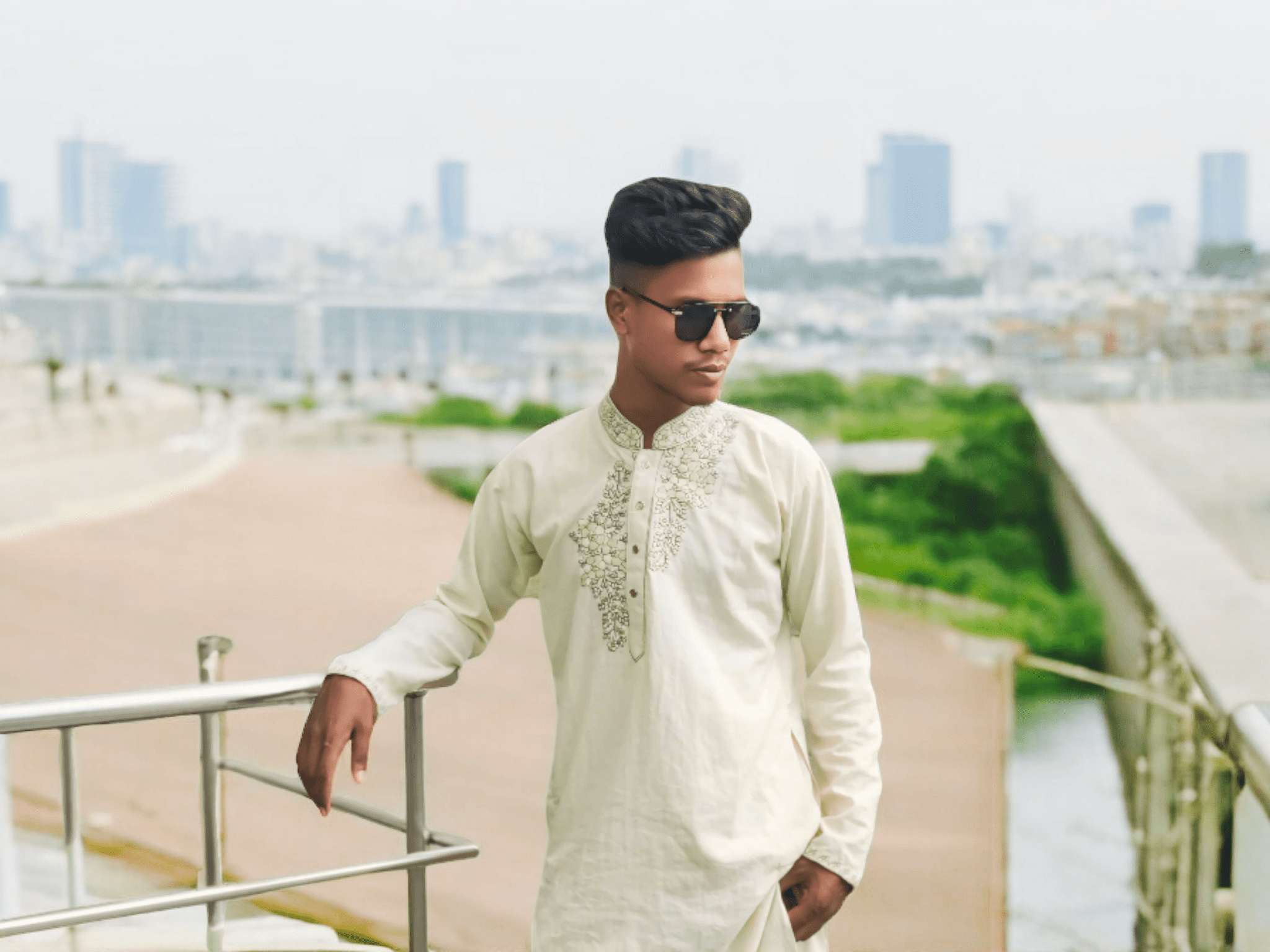
Assalamu Alaikum.. I am Mohammad Sojib I have been working in fashion for a long time I am in US and UK and I write about this topic in many places. I have been working and working on this topic for a long time
And I am a blogger I have been blogging about fashion for a long time in different places.
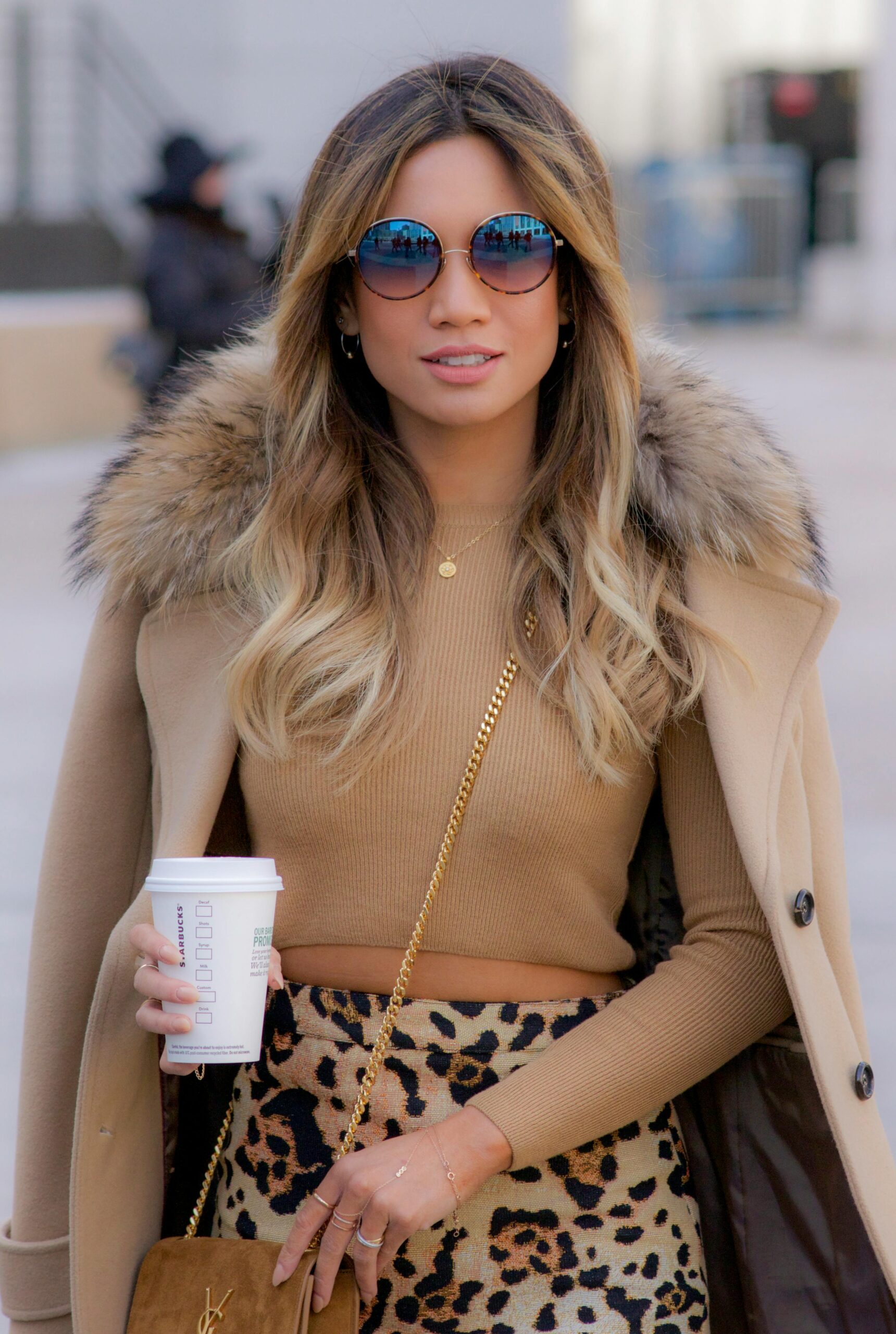
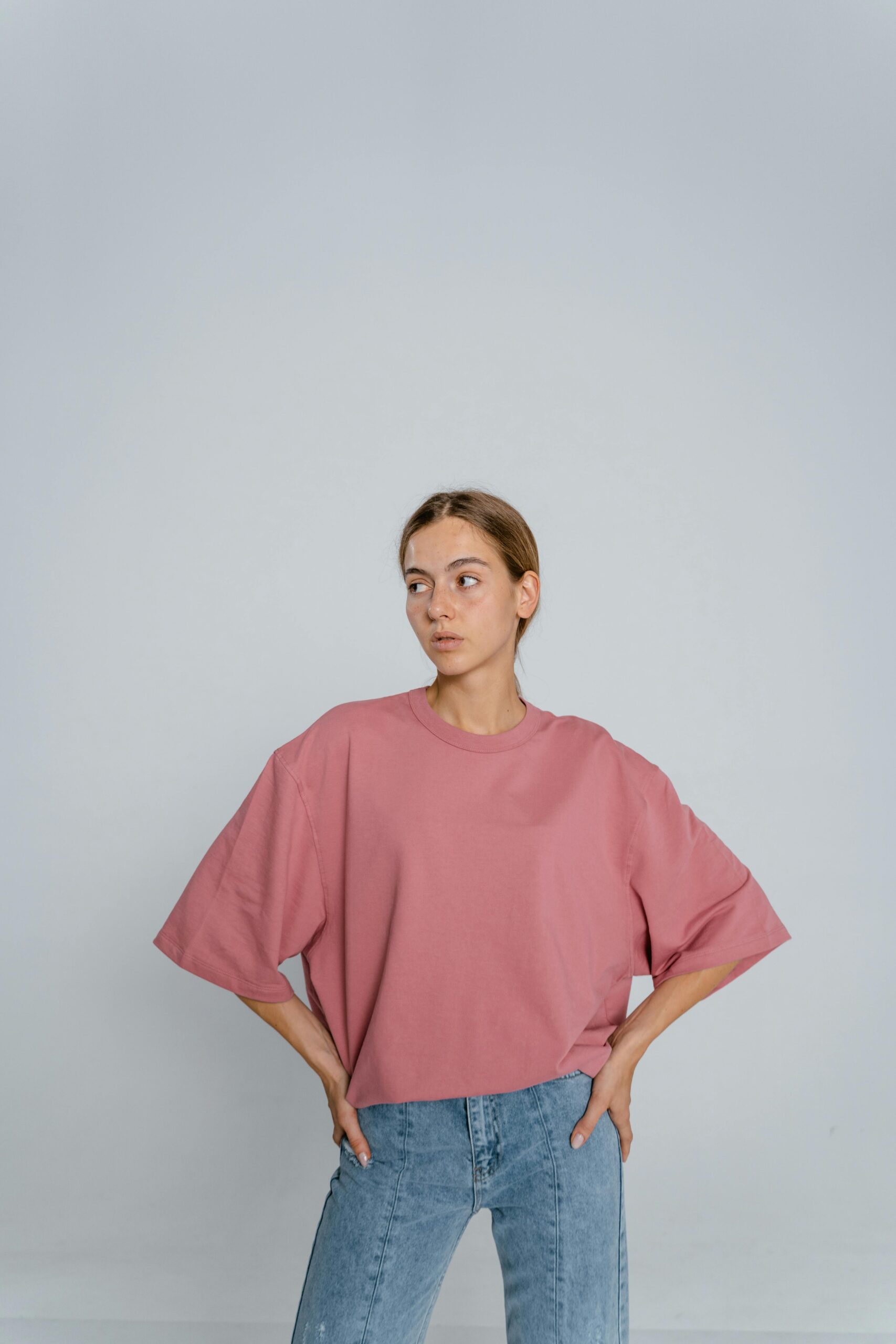
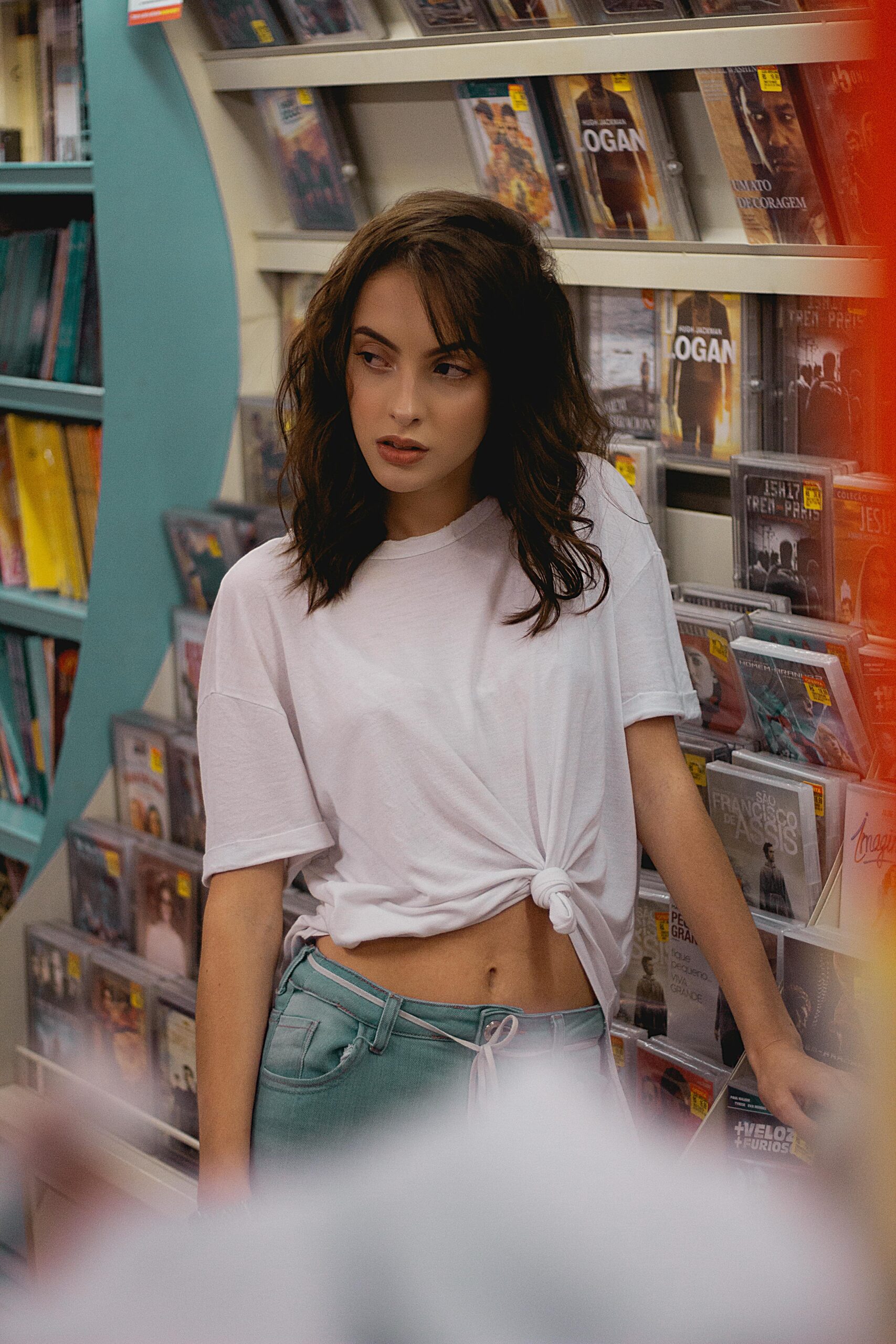





Leave a Reply